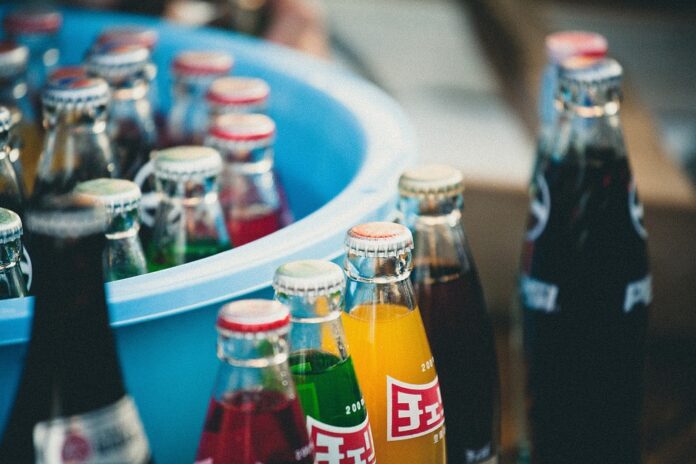Introduction
In the beverage industry, primary packaging plays a crucial role in ensuring product safety, extending shelf life, and enhancing branding. This report will delve into the reasons why primary packaging is critical to the success of beverage products, while also examining the financial implications and industry insights associated with packaging choices.
Importance of Primary Packaging
Ensuring Product Safety
One of the primary reasons why primary packaging is critical to beverage products is its role in ensuring product safety. Packaging serves as a barrier against external contaminants, such as bacteria, mold, and oxygen, that can compromise the quality and safety of the beverage. Proper packaging materials and design can prevent contamination and maintain the integrity of the product throughout its shelf life.
Extending Shelf Life
Effective primary packaging can also help extend the shelf life of beverage products. By protecting the product from factors that can accelerate deterioration, such as light exposure, temperature fluctuations, and moisture, packaging can help maintain the freshness and quality of the beverage for a longer period. This is particularly important for perishable beverages, such as juices and dairy products, that are susceptible to spoilage.
Enhancing Branding
In addition to its functional role, primary packaging also plays a crucial role in branding and marketing. The design, materials, and shape of the packaging can communicate brand values, differentiate the product from competitors, and attract consumers’ attention on crowded store shelves. Packaging design can evoke emotions, convey product benefits, and create a memorable brand experience for consumers.
Financial Implications
Cost of Packaging Materials
The choice of primary packaging materials can have significant financial implications for beverage manufacturers. Materials such as glass, plastic, aluminum, and paperboard vary in cost, with some materials being more expensive than others. The cost of packaging materials can impact the overall production cost of the beverage, which in turn affects pricing strategies and profit margins.
Packaging Equipment and Technology
Investing in packaging equipment and technology is another financial consideration for beverage manufacturers. High-speed filling lines, labeling machines, and packaging automation systems can improve efficiency, reduce labor costs, and increase production capacity. However, these investments require a significant upfront capital outlay, which needs to be carefully weighed against the potential cost savings and operational benefits.
Brand Recognition and Consumer Perception
Effective packaging design and branding can also have a direct impact on sales and revenue. Packaging that resonates with consumers, conveys a premium image, and stands out on the shelf can drive brand recognition and loyalty. Consumers are more likely to choose products with attractive and well-designed packaging, which can lead to increased sales and market share for beverage companies.
Industry Insights
Trends in Sustainable Packaging
Sustainable packaging is a growing trend in the beverage industry, driven by consumer demand for environmentally friendly products. Beverage companies are increasingly adopting recyclable, biodegradable, and compostable packaging materials to reduce their environmental footprint and appeal to eco-conscious consumers. Sustainable packaging not only benefits the environment but also enhances brand reputation and consumer trust.
Customization and Personalization
Personalization and customization are emerging trends in beverage packaging, as companies seek to engage consumers and create unique brand experiences. Customized packaging designs, limited-edition releases, and interactive packaging features can create a sense of exclusivity and excitement among consumers. Personalized packaging can also help beverage companies target specific consumer segments and drive brand loyalty.
Regulatory Compliance and Food Safety
Ensuring regulatory compliance and food safety standards is a top priority for beverage manufacturers. Packaging materials must meet strict regulations and guidelines set by government agencies to ensure product safety and consumer protection. Compliance with packaging laws and regulations is essential to avoid fines, recalls, and damage to brand reputation. Beverage companies must stay informed about changes in packaging regulations and invest in quality control measures to maintain food safety standards.
In conclusion, primary packaging is a critical component of beverage safety, shelf life, and branding. By investing in high-quality packaging materials, innovative design, and sustainable practices, beverage companies can enhance product safety, extend shelf life, and differentiate their brand in a competitive market. Strategic packaging decisions can have a significant impact on financial performance, consumer perception, and overall success in the beverage industry.




